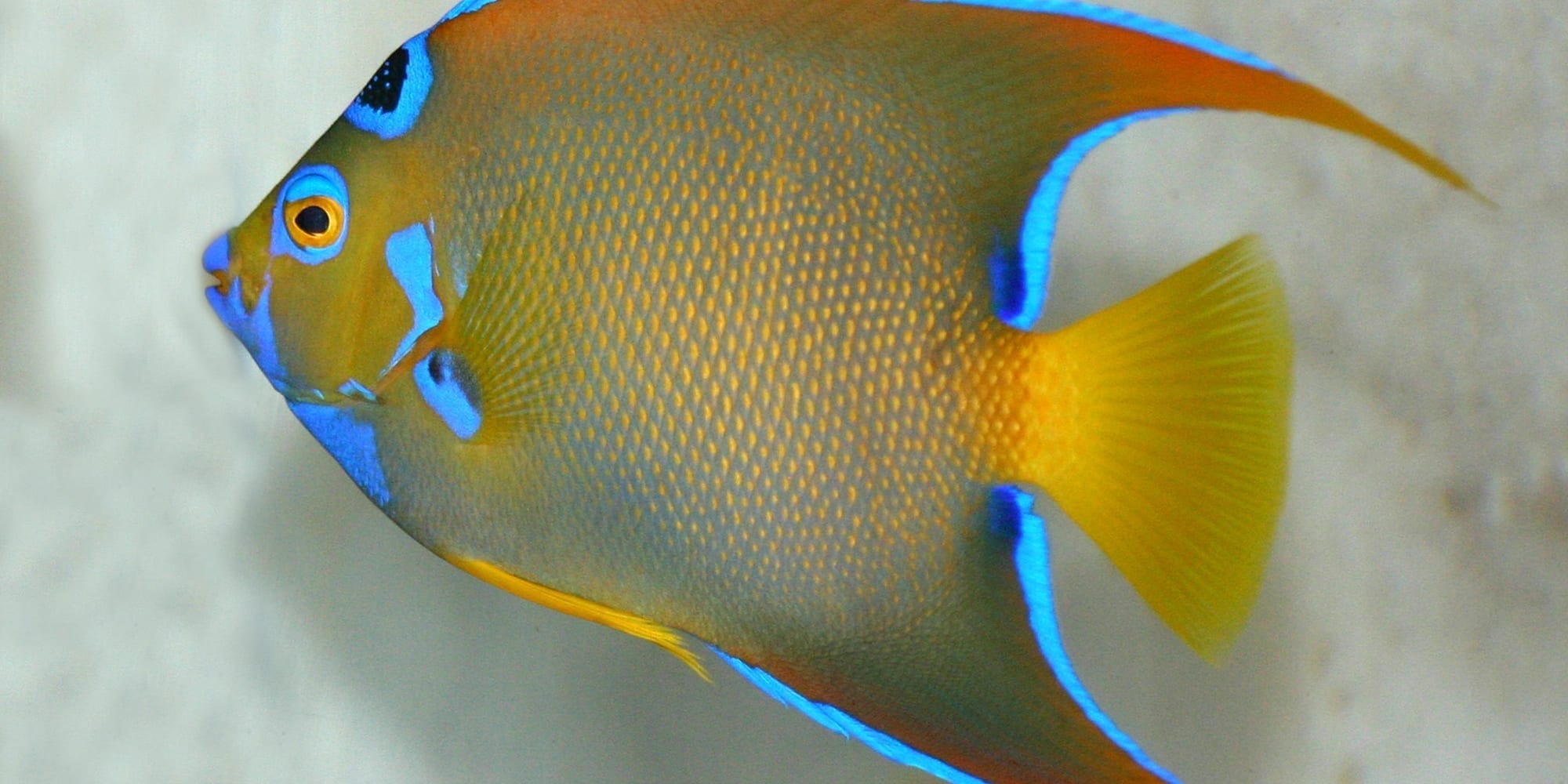
Marine hobbyists value angelfish for their presence, color, and graceful swimming patterns, often searching for striking species such as Queen Angelfish for Sale to elevate their aquarium displays. These fish respond directly to the quality and layout of their environment, making tank setup a major influence on comfort and behavior. A stable, well-structured aquarium encourages confident movement, strong coloration, and predictable routines. Readers gain insight into tank size, water control, décor planning, lighting balance, feeding strategies, suitable tank mates, essential equipment, and ongoing maintenance for a thriving angelfish experience.
Choosing the Right Tank Size
Large, open aquariums give angelfish the freedom to move naturally, supporting smooth swimming and calm exploration. Spacious dimensions prevent overcrowding and reduce territorial tension, helping the fish settle into predictable behavior patterns. Horizontal length and vertical height work together to encourage steady gliding and full fin extension. A generous tank footprint also supports future growth, protecting the fish from feeling confined as it matures. Aquarists planning long-term setups benefit from selecting a system that offers reliable swimming lanes and comfortable visibility for the fish.
Creating Stable Water Conditions
Clear, consistent water parameters help maintain the angelfish’s energy and color expression. Tank stability supports natural movement and reduces reactions linked to stress or discomfort. Balanced salinity, steady temperature, controlled pH, and low nutrient levels prevent sudden mood changes or defensive behavior. Predictable water quality encourages stronger appetite and smoother swimming patterns throughout the day. Routine testing, controlled feeding, and planned water changes maintain reliability within the system. Avoiding major fluctuations ensures that angelfish remain active, confident, and visually vibrant in their environment.
Building a Natural Aquascape
A strong aquascape design encourages exploration and creates a sense of security for angelfish. Rock structures, caves, tunnels, and open passages combine to form a balanced habitat that supports natural interaction. Layered formations provide vantage points without limiting swimming space, helping the fish choose comfortable zones. A habitat with depth and height encourages steady movement through multiple levels of the tank. Thoughtful placement of décor pieces produces a visually appealing layout that stimulates curiosity while offering protection from sudden environmental changes.
Selecting Proper Lighting and Flow
Lighting influences how angelfish display coloration, respond to feeding routines, and engage with their surroundings. A balanced spectrum highlights natural tones and supports overall vitality. Controlled lighting schedules reinforce daily rhythms, helping the fish anticipate rest and feeding periods. Moderate water flow encourages active motion without overwhelming the fish, supporting smooth glide patterns through the tank. Strategic placement of powerheads and lights creates a dynamic yet comfortable environment that keeps angelfish alert, confident, and consistently engaged.
Diet Planning to Support Activity
A varied diet promotes strong movement and stable energy levels in angelfish. Marine-based proteins, quality pellets, algae blends, and occasional enrichment foods strengthen the fish’s immune system and coloration. Regular feeding intervals help maintain predictable behavior, preventing unnecessary competition or overeating. High-quality ingredients contribute to muscular development and sustained activity throughout the day. Balanced meals support natural curiosity and encourage the fish to explore the tank more frequently. Proper diet planning plays a vital role in maintaining long-term health and consistent engagement with the environment.
Tank Mates That Promote Confidence
Compatible tank mates help create a balanced community that strengthens angelfish confidence. Peaceful species encourage open swimming without triggering territorial behavior. Selecting calm, similarly sized companions prevents intimidation and limits hiding responses. Harmonious groups help angelfish occupy more zones of the tank, promoting natural interaction with both décor and water flow. Avoiding assertive or overly competitive species protects the angelfish from unnecessary stress. A carefully curated tank mate selection supports sustained comfort, calm exploration, and stable interaction throughout the aquarium.
Essential Equipment Checklist
-
Adequate filtration designed for stable biological load
-
Protein skimmer for improved water clarity
-
Reliable heater to maintain steady temperature
-
LED lighting set for consistent daily cycles
-
Powerheads for controlled, moderate flow
-
Test kits to monitor core water parameters
Maintenance Habits for Long-Term Comfort
Consistent maintenance ensures that angelfish remain settled, active, and healthy throughout their lifespan. Routine cleaning prevents the buildup of waste and reduces the chance of parameter imbalances. Regular water changes maintain clarity and nutrient control, supporting stable behavior patterns. Scheduled tank checks help detect early shifts in appetite, coloration, or swimming rhythm. A predictable maintenance routine encourages a calm environment that helps the fish trust its surroundings. Long-term comfort depends on steady care practices that align with the natural needs of angelfish.
Signs Your Angelfish Feels Comfortable
Smooth, controlled swimming demonstrates that the angelfish feels confident and secure. Steady exploration of rock structures and open areas signals that the tank provides the right balance of shelter and freedom. Consistent appetite and bright coloration reflect strong health and comfort. Active engagement with feeding routines and responsive interaction with movement outside the tank indicate that the fish feels settled. Daily observations help aquarists recognize patterns, enabling fine adjustments in décor, lighting, or feeding schedules to maintain long-term comfort and activity.
Conclusion
A thoughtful tank setup provides angelfish with the comfort, stimulation, and security needed for sustained activity. Proper tank size promotes natural movement, stable water conditions support predictable behavior, a well-designed aquascape encourages exploration, and balanced lighting reinforces daily rhythms. Varied nutrition and peaceful tank mates strengthen confidence, while essential equipment maintains reliability. Consistent maintenance protects the environment from disruptions, supporting strong health and vivid coloration. A carefully crafted tank design produces an environment where angelfish thrive with elegance and energy.





